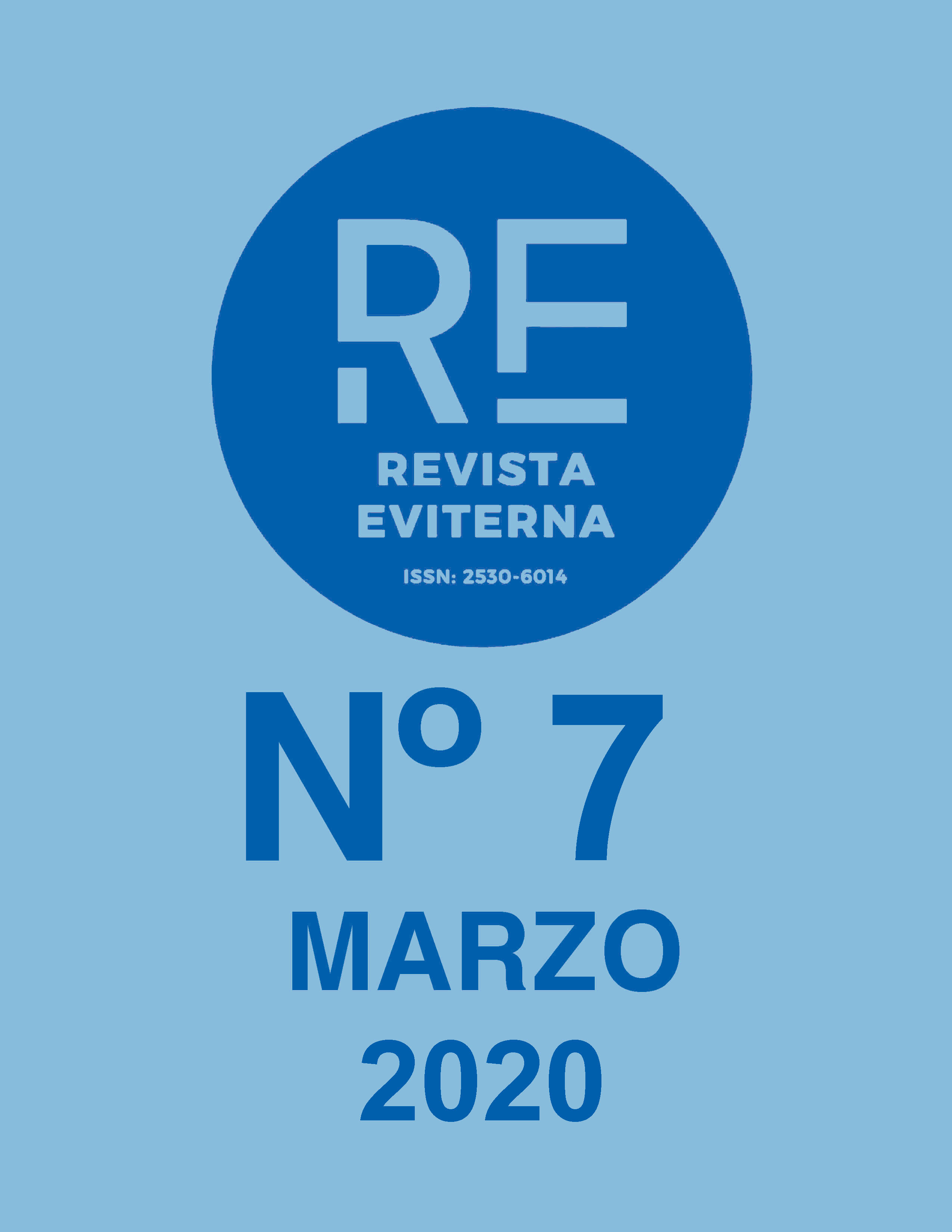Contemporary inflatable architecture. The functionality of the ephemeral
DOI:
https://doi.org/10.24310/Eviternare.v0i7.8378Keywords:
Ephemeral architecture, Inflatable architecture, Funcionality, Space, AirAbstract
Architecture as a discipline is no longer what it was; With the artistic changes experienced since the second half of the 20th century, everything has mutated into new paradigms in which novel ways of doing and building are conceived. An example of this is the appearance of inflatable architecture in the 1960s with projects such as the Instant City of Ibiza by the architect José Miguel de Prada Poole. In this article we will see some current projects that continue to reinvent the way of building.
Downloads
Metrics
Publication Facts
Reviewer profiles N/A
Author statements
Indexed in
-
—
- Academic society
- N/A
- Publisher
- Universidad de Málaga
References
Baraona Pohl, E. (2009). “Ant Farm”. Plataforma Arquitectura. Recuperado de https://www.plataformaarquitectura.cl/cl/02-18400/ant-farm. (Consulta: 10/02/2020)
Blasco Rodríguez, Carmen (2017). Hinchables. La Galería. Arquitectura, Arte y Diseño español. Conarquitectura: Madrid.
Movimiento Moderno. Hisour. Recuperado de https://www.hisour.com/es/modern-movement-33608/. (Consulta: 10/02/2020)
Prieto González, Nuria (2013). La arquitectura de José Miguel de Prada Poole: teoría y obra. Tesis Doctoral UDC. Universidad de La Coruña.
Ribadeneira, A. (2011). “El Manifiesto de Doorn Team 10”. Arquiteorías. Recuperado de https://arquiteorias.blogspot.com/2011/05/el-manifiesto-de-doorn-team-10.html. (Consulta: 07/02/2020)
Torrijos, P. (2013). “Construir castillos con el aire: la Ciudad Instantánea de Ibiza”. JotDown. Recuperado de https://www.jotdown.es/2013/08/construir-castillos-con-el-aire-la-ciudad-instantanea-de-ibiza/. (Consulta: 16/02/2020)
Downloads
Published
How to Cite
Issue
Section
License
All the contents published in Revista Eviterna are subject to the Creative Commons Reconocimento-NoComercia-Compartirigual 4.0 license, the full text of which can be found at <http://creativecommons.org/licenses/by-nc-sa/4.0>
They may be copied, used, disseminated, transmitted and publicly exposed, provided that:
The authorship and original source of your publication (Journal, editorial and URL of the work) are cited.
They are not used for commercial purposes.
The existence and specifications of this use license are mentioned.

Copyright is of two kinds: moral rights and patrimonial rights. Moral rights are perpetual, inalienable, inalienable, inalienable, inalienable and imprescriptible prerogatives.
In accordance with copyright legislation, Revista Eviterna recognizes and respects the moral rights of the authors, as well as the ownership of the economic right, which will be transferred to the University of Malaga for dissemination in open access.
The economic rights refer to the benefits obtained by the use or disclosure of the works. Revista Eviterna is published in open access and is exclusively authorized to carry out or authorize by any means the use, distribution, disclosure, reproduction, adaptation, translation or transformation of the work.
It is the responsibility of the authors to obtain the necessary permissions of the images that are subject to copyright.







12.png)



